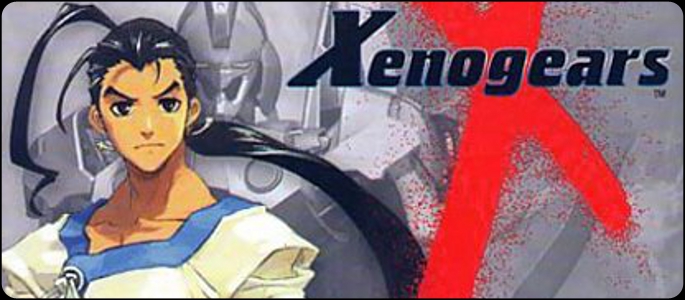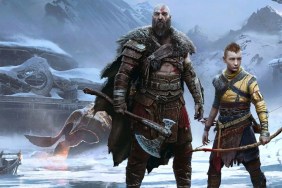Xenogears recently arrived on the North American PlayStation Network as a $9.99 download. This excites me, even as someone who has finished the PSX version twice and the Japanese PSN (released in 2008) version via PSP. Originally released in 1998, Xenogears almost didn’t make the trip out of Japan due to heavy religious themes that Squaresoft predicted would upset the Western audience. Thank God (heh)…








